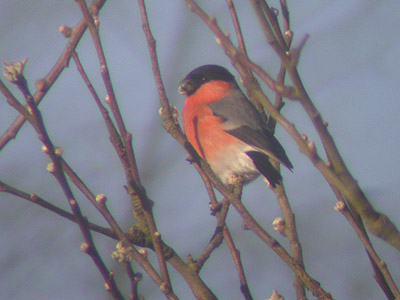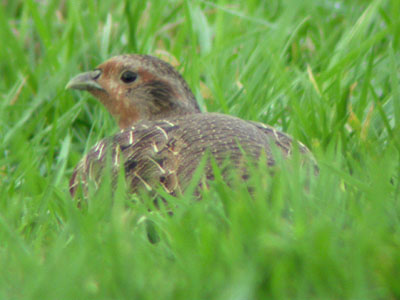

| Nottinghamshire Invertebrates | ||
| Population levels of breeding farmland birds 1998-2001 | ||
| ..... | ||
| This page briefly deals
with the six most specifically threatened farmland
species, summarising their breeding success rates upto
the 2001 breeding season. Most affected have been the well publicised population crashes of Lapwing, Tree Sparrow, Turtle Dove, Grey Partridge, Bullfinch and Skylark. Most of these are only just managing to sustain critically low population levels, originally found during the 1998 breeding bird survey and the possibility of losing them as a breeding species here is very real. The area has already seen the demise of breeding Barn Owl, Snipe and Corn Bunting. |
 |
|
| ..... | ||
| Through the lack of permanent habitat, Lapwing have been forced to adopt an opportunistic approach to nesting. Numbers have been variable and is due to the annual variations in suitable habitat availability caused by crop types/growth. Out of just 15 breeding attempts since the initial 1998 survey, the preferred nest sites of 14 of these were in type A and type C set-aside fields (predominantly open, bare or sparsely vegetated) and germinating Sugar-Beet crops. | ||
| ..... | ||
 |
The Sky Lark represents
the only success out the the six species mentioned, with
breeding pairs increasing almost annually since 1998.
Although the current population is maintaining the
current increase in 2002, counts are still well below
those present during the 1950's and 60's. Certainly, the availability of set-aside has helped, but it has been found that birds tend to hold the same territories year after year, regardless of crop type. A larger increase in the Sky Lark population, may come with the increased adoption of set-aside strips, rather than complete fields - a factor which is most likely to help save the present Grey Partridge population of under three pairs (2001 figures) |
|
| ..... | ||
| The Turtle
Dove population has never risen above four pairs. As a
long-distance migrant, it is susceptible to increased
factors governing numbers, but the greatest here is
probably habitat loss through the clearence of ancient
hedgerows/dense scrub (the Bullfinch is also affected
this way) and with a similar number of breeding pairs. Tree Sparrows are critically endangered here. 2002 has seen just two pairs located at Tug Bridge Farm and at a new site near Kersall. Until there is a return to increased suitable winter-feeding areas through set-aside or un-sprayed stubble, an upturn in fortunes is considered extremely unlikely. |
||
| Surveys |
| Farmland |
| Contents |
| Homepage |